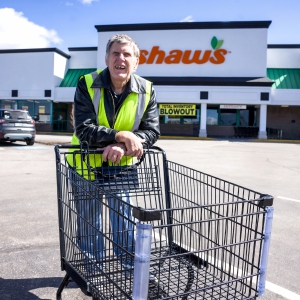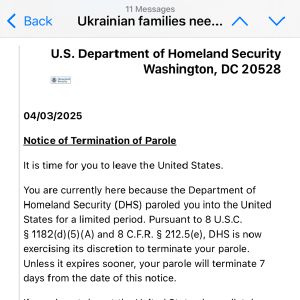New Hampshire takes a closer look at what is being thrown away
| Published: 08-25-2024 12:00 PM |
Over the past few weeks, waste disposal sites across the state have become the scene of a meticulous investigation. Trash bags are being torn open, their contents spread out on tables and examined with a fine-tooth comb.
This scrutiny is part of the state’s effort to uncover what is being dumped in its landfills.
Michael Nork, from the state’s environmental agency’s solid waste management department, explained that this exhaustive study is designed to pinpoint areas within the waste stream that could be improved.
“We’re hoping that the data we gather will support future policies,” Nork said. “This information could be invaluable to the legislature as they consider new recycling or waste diversion laws. It’s going to give us more data to make informed decisions about what to prioritize.”
Through a contract approved by Gov. Chris Sununu and the Executive Council on Jan. 31, MidAtlantic Solid Waste Consultants LLC sends its team to transfer stations, incinerators, and landfills to randomly select 200 to 250 pounds of waste from incoming loads, which is then collected in large garbage cans for detailed inspection.
At each site, the waste is poured onto sorting tables, where every bag is opened and the contents sorted by hand.
Joe Vetrano, project manager at MSW Consultants, explained that the waste is sorted into bins and classified into more than 80 distinct categories.
For instance, paper is sorted into high-grade paper, corrugated cardboard, non-recyclable paper, and compostable paper. Plastics are divided by resin types and include categories like those used for drinking water bottles, milk jugs, and laundry detergent containers, as well as hard plastics, plastic toys, bulky plastics, and plastic crates.
Article continues after...
Yesterday's Most Read Articles
 After four decades collecting carts, Ricky Tewksbury will retire when Shaw’s closes mid-April
After four decades collecting carts, Ricky Tewksbury will retire when Shaw’s closes mid-April
 Written shooting threat sends Concord High students home early
Written shooting threat sends Concord High students home early
 ‘It’s everything’: In largest rally yet, Trump protestors descend on Concord
‘It’s everything’: In largest rally yet, Trump protestors descend on Concord
 DHS email error causes stress, anxiety for New Hampshire's Ukrainian community
DHS email error causes stress, anxiety for New Hampshire's Ukrainian community
 ‘There was no oversight’: NH child advocate has been a watchdog for children's care. Now, the office is on the chopping block
‘There was no oversight’: NH child advocate has been a watchdog for children's care. Now, the office is on the chopping block
Even glass is sorted into categories such as bottle glass and flat glass, among others.
“Sorting can vary in difficulty,” Vetrano explained. “Some loads are particularly challenging, especially if they’re light and fluffy with numerous small film pieces mixed in.”
Once sorted into different categories, the waste is weighed and recorded before being disposed of at the dump sites.
Vetrano shared that their team spends between one and three days at each waste facility, depending on the samples specified in the sampling plan.
The contract, funded with $295,500 from the Bipartisan Infrastructure Law, requires the team to perform 26 gate surveys, 260 manual sorts of municipal solid waste, and 620 visual surveys of construction and demolition debris.
These gate surveys provide essential insights into the composition of the waste stream, guiding the development of a sampling plan for waste characterization.
Based on the preliminary data from the gate surveys, Nork revealed that the state’s disposal sites currently handle a mix of 60% residential and 40% commercial waste.
The report from the waste characterization study is expected early next year, but before then, there will be another round of sampling in late September.
This additional round will repeat the process, providing more confidence in the data by spreading out the sampling across different times rather than concentrating it in a single period at the same facilities.









 Henniker ponders what is a ‘need’ and what is a ‘want’
Henniker ponders what is a ‘need’ and what is a ‘want’ Boscawen residents vote to fund major renovation of public works building
Boscawen residents vote to fund major renovation of public works building ‘Voting our wallets’: Loudon residents vote overwhelmingly against $1.7M bond for new fire truck
‘Voting our wallets’: Loudon residents vote overwhelmingly against $1.7M bond for new fire truck In Pembroke, Education Freedom Accounts draw debate, voters pass budget
In Pembroke, Education Freedom Accounts draw debate, voters pass budget
